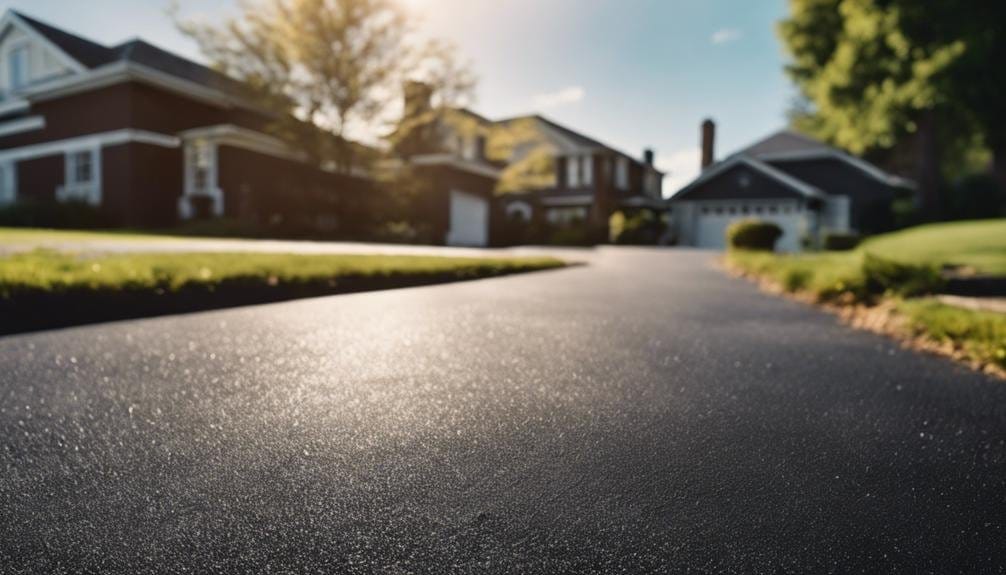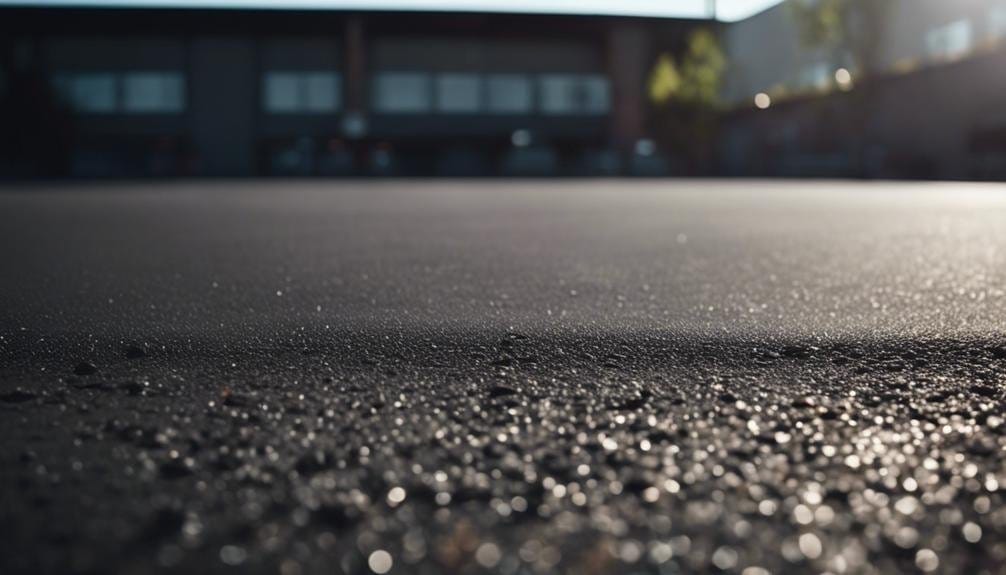What Are the Benefits of Sealcoating Driveway Surfaces?
When you think about your driveway as the welcome mat to your home, imagine the protective shield sealcoating can provide,…


When you think about your driveway as the welcome mat to your home, imagine the protective shield sealcoating can provide,…

You know the saying, 'An ounce of prevention is worth a pound of cure.' When it comes to maintaining asphalt…

When it comes to safeguarding your driveway, think of sealants as a shield against the elements, enhancing its durability and…

Imagine your parking lot as a shield, safeguarding your business's first impression. Sealcoating acts as this shield, offering protection against…

When it comes to sealing a parking lot, you may not realize the critical steps involved in ensuring a durable…

Imagine a world where your asphalt surfaces stand resilient against the elements, maintaining their pristine appearance and structural integrity. You…
